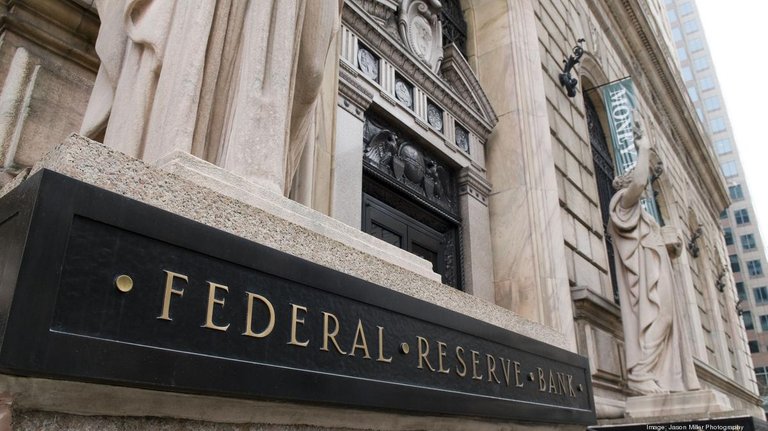
Source American Institute for Economic Research
Credit Suisse and the U.S. Fereral Reserve have been in the news in the last couple of days collaborating with central banks of other developed countries to manage their US$ liquidity crisis. Sounds familiar?!! When I read a tweet about this, I was Like Aha! Good call? Doesn't it sound a bit like a DeFi operation?!
I had to go back to my school days studying economic theory. Which I found so boring by the way! I never did foresee a use for any of the stuff we were taught.
What is Liquidity?
Firstly, to understand the importance of liquidity for traditional banks and how they maintain it, raise it, let's take a look.
In layman's terms, liquidity is the availability of cash or assets that can be easily converted into cash without significant loss of value. It's like having enough money in your bank account to pay your bills and expenses without having to sell your house or car. To me it's how fast you can get the cash.
For banks, liquidity is important because they need to have enough cash or liquid assets on hand to meet the demands of their depositors and borrowers. Depositors may need to withdraw their money from the bank at any time, and borrowers may need to take out loans, which require the bank to cough up the dough.
Liquidity in Crypto and Traditional Banking
To manage these risks, banks normally rely on liquidity management tools like maintaining a buffer of liquid assets, accessing funding from interbank markets, and borrowing from central banks as a lender of last resort.
But these can only help banks out so much. During times of market stress when liquidity can become scarce or expensive they need to pool liquidity.
The practice of joint liquidity has been in use for many years in many forms. One example is the repo I actually sold these when I worked as an insurance agent for a year without really understanding what they were until later on! Banks use repos (short for repurchase agreement) an instrument used to create joint liquidity between financial institutions, particularly in the interbank market.
In the crypto world, joint liquidity takes the form of liquidity pools, like the LP's available on Pancacke Swap and Hive's own Cub Finance Platform, which are used to facilitate decentralized trading on DEXs. Liquidity pools help to ensure that there is sufficient liquidity for traders to execute their trades, and LPs can earn a share of the trading fees generated by the pool. There's so much more to it with multibridge protools... Point to note- liquidity pools in the cryptocurrency world are not backed by a central banks or governments.
So many thoughts are running through my head in the last couple of days like:
What are the benefits and challenges of joint liquidity agreements between banks?
The role of central banks in managing joint liquidity
The importance of transparency and disclosure in joint liquidity agreements
The role of technology in joint liquidity agreements
DeFi and the future of joint liquidity agreements
You'll definitely see some more posts on this topic coming soon.
If you enjoyed this article please give it an upvote and re-hive.
Some articles that are a must read on the similar topic are by @taskmaster4450:
Posted Using LeoFinance Beta
The rewards earned on this comment will go directly to the people( @islandboi ) sharing the post on Twitter as long as they are registered with @poshtoken. Sign up at https://hiveposh.com.